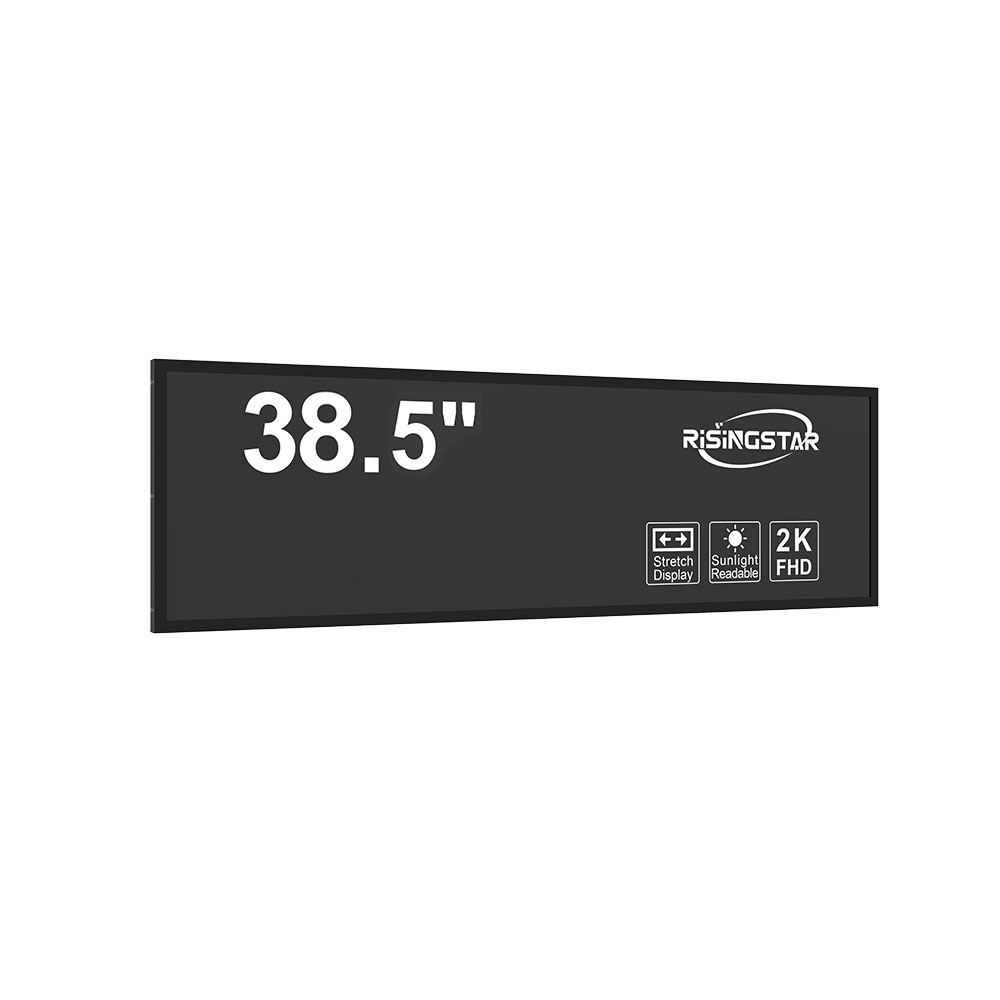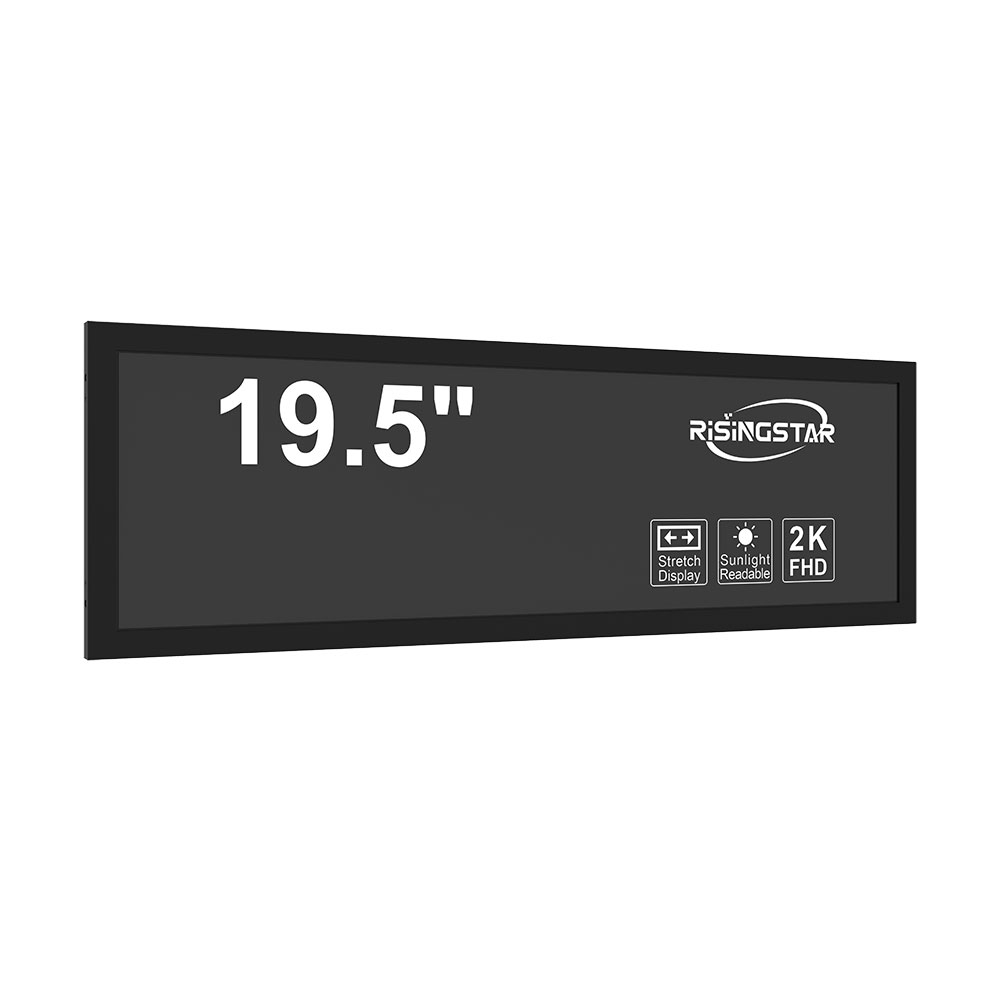
Declaración de privacidad: Su privacidad es muy importante para nosotros. Nuestra empresa promete no divulgar su información personal a ninguna empresa externa sin su permiso explícito.
Sunlight readable screens are a critical advancement in display technology, especially for outdoor and high-brightness environments where conventional LCDs fail to deliver visibility. These screens are engineered to maintain clarity, contrast, and color accuracy even under direct sunlight, making them indispensable in military, transportation, industrial, and consumer applications such as kiosks, medical devices, and automotive infotainment systems.
The core challenge with standard LCDs is their reliance on backlighting, which becomes ineffective when ambient light exceeds 10,000 lux—typical in full sun. Sunlight readable displays overcome this by combining multiple technologies: high-brightness LED backlights (often exceeding 5,000 nits), anti-reflective coatings, polarized filters, and sometimes transflective liquid crystal panels that utilize both ambient and artificial light. According to the International Electrotechnical Commission (IEC) standard IEC 62374, a sunlight readable screen must achieve a minimum brightness of 1,500 cd/m² in daylight conditions, though industry benchmarks now commonly require 3,000–5,000 nits for reliable performance.
Case studies validate their efficacy. For instance, the U.S. Department of Defense has mandated sunlight readable displays for all field-deployed tactical communication units since 2018, citing improved situational awareness in combat zones. In the automotive sector, Tesla’s Model Y dashboard uses a 3,000-nit sunlight readable screen that remains legible even at noon in Arizona deserts—a region where average peak sunlight exceeds 1,000 W/m². Similarly, in healthcare, Philips’ portable ultrasound devices use transflective sunlight-readable screens to ensure accurate image interpretation during emergency field operations.
Manufacturers like Innolux, LG Display, and Sharp have invested heavily in optimizing pixel architecture and using advanced materials such as nanostructured glass and micro-lens arrays to reduce glare while preserving brightness. The latest innovation includes adaptive brightness control systems that dynamically adjust luminance based on ambient light sensors—reducing power consumption by up to 40% without compromising readability.

From an engineering perspective, achieving true sunlight readability involves trade-offs: higher brightness increases power draw, while anti-reflective coatings can compromise touch sensitivity. Therefore, successful designs integrate thermal management, optical optimization, and user-centric interfaces. As mobile computing, IoT, and smart infrastructure grow globally, demand for sunlight readable screens is projected to rise by 12% annually through 2030, according to Statista (2024). This trend underscores the importance of mastering these technologies—not just for durability, but for enhancing usability in real-world scenarios.

Enviar correo electrónico a este proveedor

Declaración de privacidad: Su privacidad es muy importante para nosotros. Nuestra empresa promete no divulgar su información personal a ninguna empresa externa sin su permiso explícito.